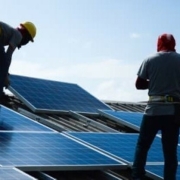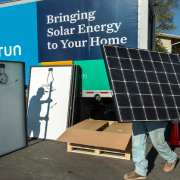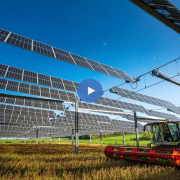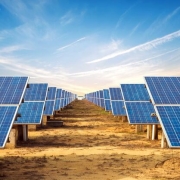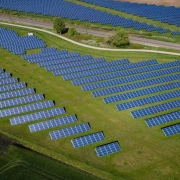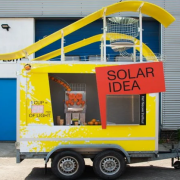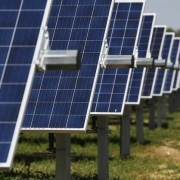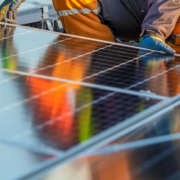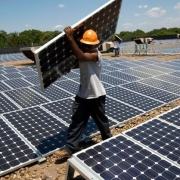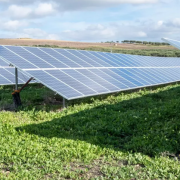The U.S. has plans to expand its solar energy market exponentially in support of its optimistic climate change policies. The country has already established several widescale solar projects, and with the introduction of the recent Inflation Reduction Act (IRA), renewable energy companies are being provided with the funding and tax cuts needed to encourage more rapid expansion of a variety of green energy projects. With a massive solar pipeline over the next few years, the U.S. will soon become a regional solar power hub.
The solar power capacity in the U.S. has grown from just 0.34 GW in 2008 to an estimated 97.2 gigawatts (GW) today, providing enough energy to power 18 million homes. However, at present, just 3 percent of the country’s electricity comes from solar photovoltaics (PV) and concentrating solar-thermal power (CSP), demonstrating the potential to expand the industry much further.
Click here to read the full article
Source: Oil Price
—
If you have any questions or thoughts about the topic, feel free to contact us here or leave a comment below.

